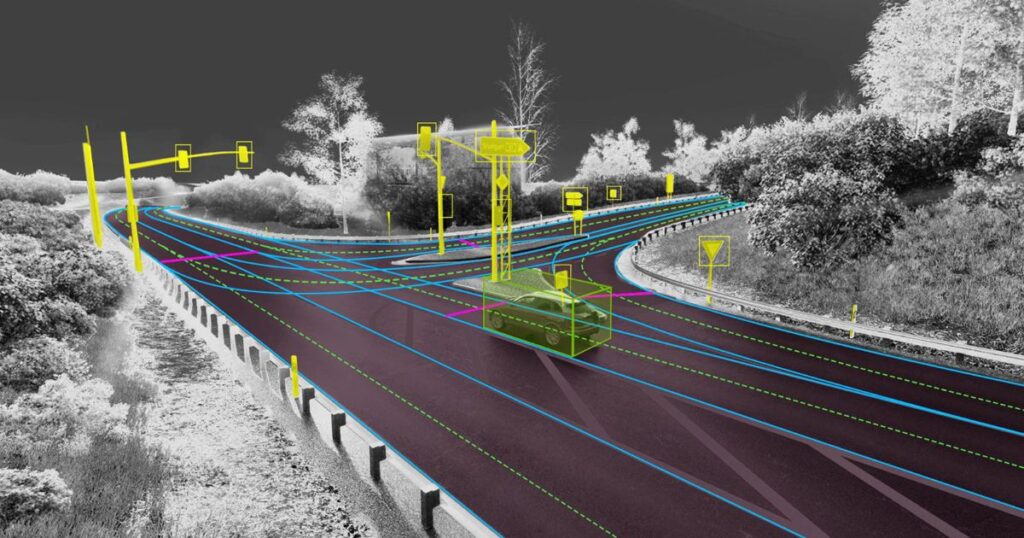Several of China’s largest electric vehicle manufacturers and self-driving technology companies are now collaborating with Nvidia on the development of their next-generation products.
Nvidia announced a series of new partnerships Tuesday at its annual technology conference, commonly referred to as GTC, the most significant of which is a collaboration with Chinese EV manufacturer BYD, which already has over 780,000 vehicles in operation.
BYD, whose major investors include US billionaire Warren Buffett, said it will base its next-generation fleets on Nvidia’s Drive Hyperion architecture and sensor suite for self-driving systems. Beginning in 2023, the company will begin manufacturing future EVs using the eighth generation of Hyperion, which will improve both driving and parking functionality.
Nvidia announced that it has signed $11 billion in auto technology contracts for production over the next six years.
“It’s the right technology at the right time,” Danny Shapiro, vice president of automotive at Nvidia, explained. “It’s a combination of the hardware in the cars, the massive amount of compute available, and the system’s openness that enables all of these companies, from Mercedes-Benz to Zoox, to run such a wide variety of applications.”
Among the other newcomers: Lucid Motors, based in the San Francisco Bay Area, said it is leveraging Nvidia’s Drive platform to power its DreamDrive Pro driver-assist system, which can be updated over-the-air with new capabilities.
Additionally, Chinese robotaxi companies WeRide and DeepRoute, as well as self-driving startup Pegasus Technology and electric skateboard chassis manufacturer UPower, have all stated their intention to use Drive Hyperion.
Hyperion’s ninth generation is scheduled to arrive in 2026, according to Nvidia. Hyperion is powered by the company’s newly launched Orin system-on-chip.
Orin, according to Nvidia, is capable of 254 trillion operations per second and will be used by at least 25 automakers, including Chinese electric vehicle makers Nio and XPeng. Outrider, a Colorado-based automated truck yard operations company, will also use Hyperion.
The announcement of new collaborations follows last month’s announcement by Nvidia and Jaguar Land Rover of a partnership focused on software, automation, and artificial intelligence-enabled features.
“Electric vehicles have necessitated a complete redesign of vehicle electronic architectures, moving away from fixed functions and toward highly centralised computation,” Shapiro explained. “It is this paradigm change that enables all of these software-defined cars.”
Separately, Nvidia unveiled Drive Map on Tuesday, a multimodal mapping engine aimed to accelerate the development of Level 3 and Level 4 driverless vehicles.
By 2024, the business plans to survey 500,000 kilometres (310,000 miles) throughout North America, Europe, and Asia and produce centimeter-accurate Earth-scale digital twins. Separate layers for radar, lidar, and camera inputs are included in the maps. Much of the new technology is the result of Nvidia’s August acquisition of DeepMap.
According to Shapiro, Drive Map and Hyperion are two further technologies that enable automakers to view Nvidia as a collaborator across the car’s hardware and software ecosystems.
“It is not transactional in the sense that ‘I am purchasing a chip,’ ” he explained. “It’s a case of ‘I’m committed to the long term and the entire development process.’ And the value we provide through simulation, software-in-the-loop testing, and hardware-in-the-loop testing is enormous.”
Dan Ammann, a former General Motors executive, has joined ExxonMobil.
